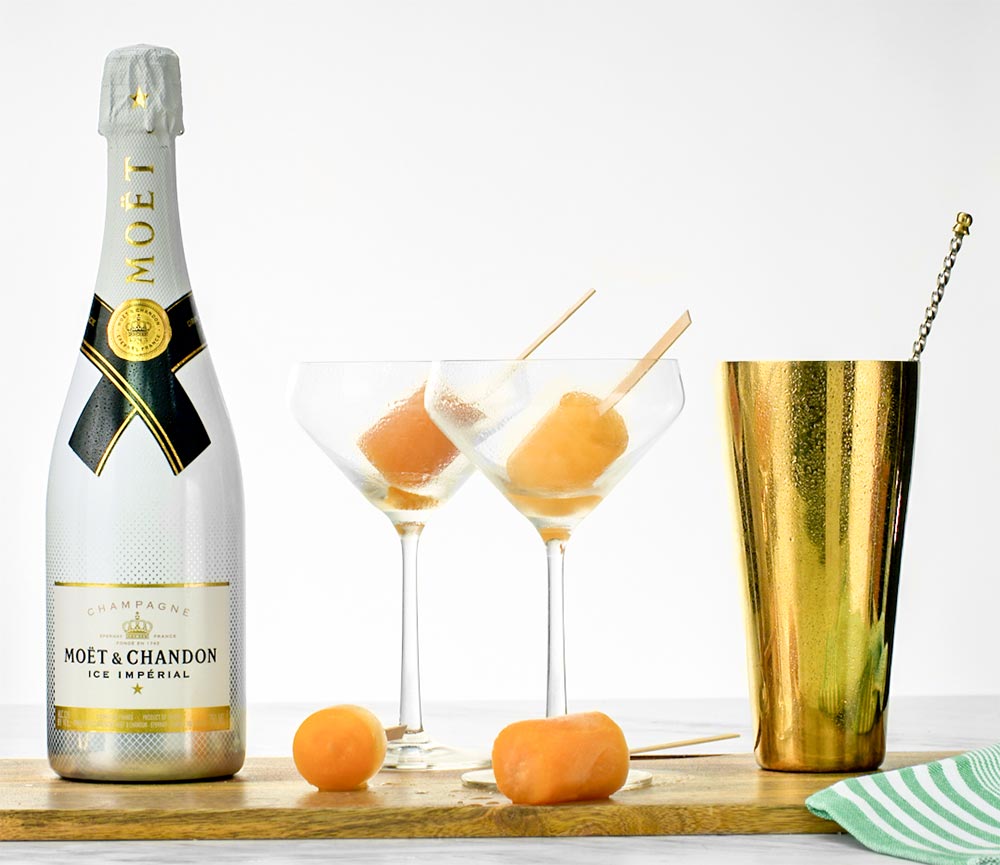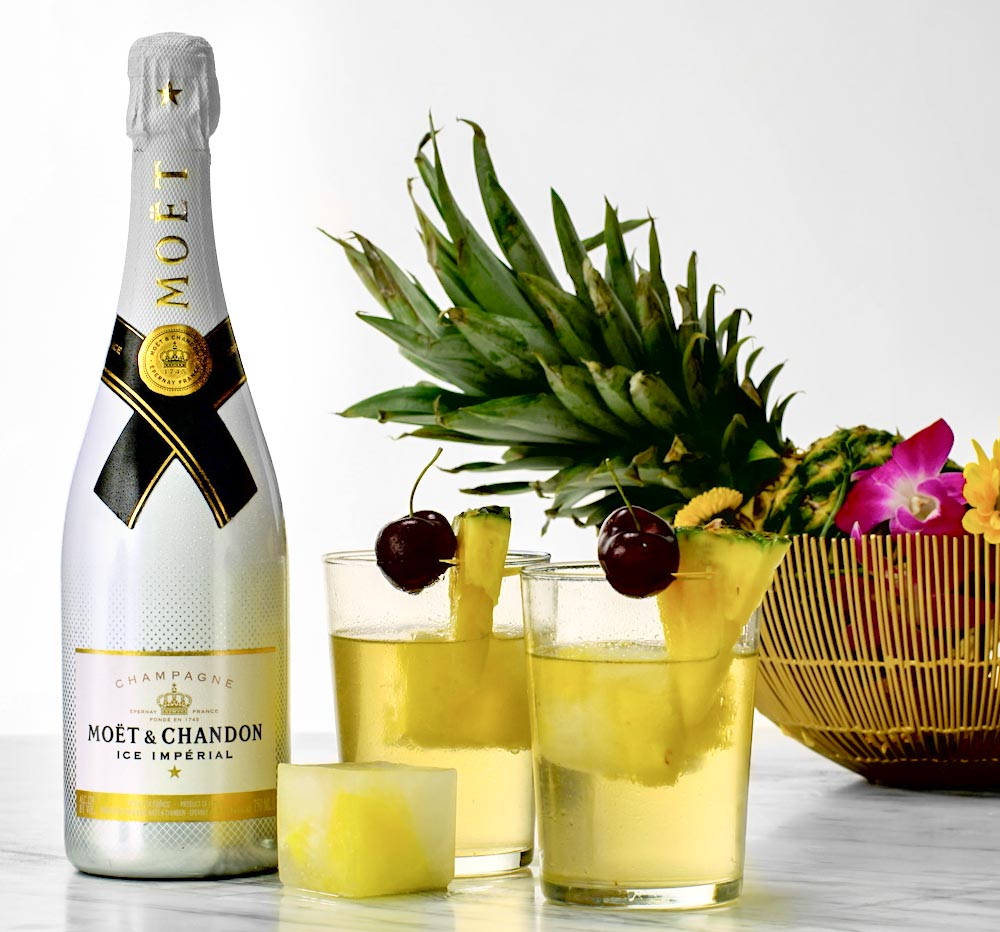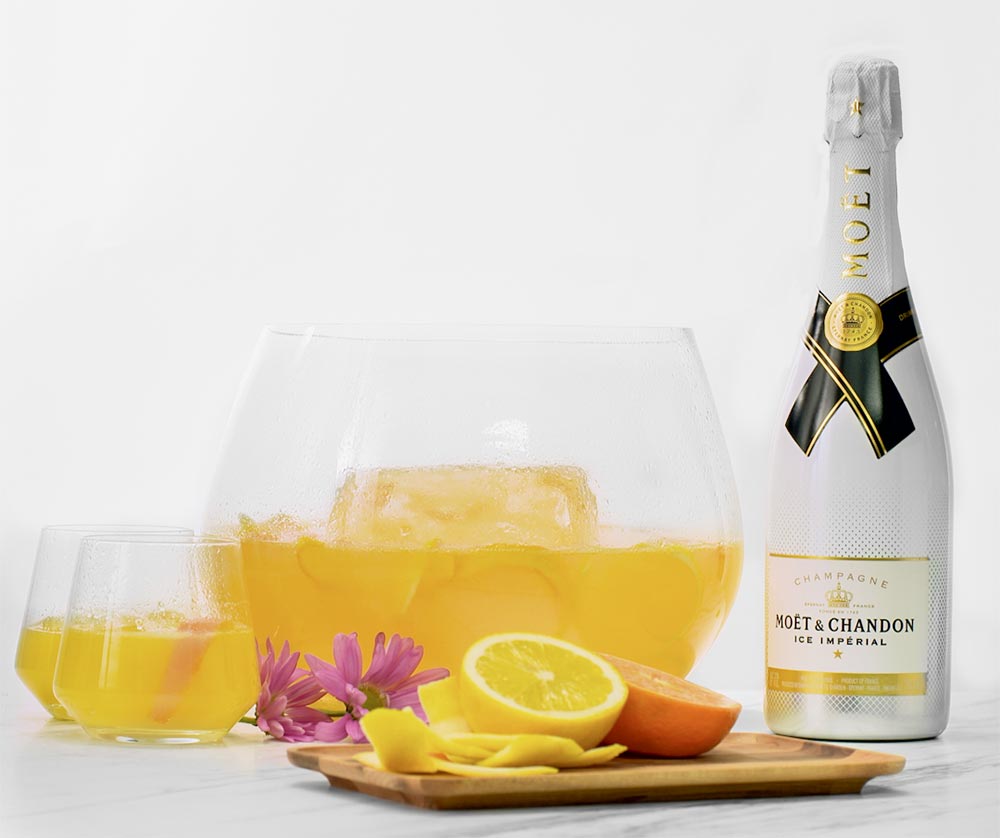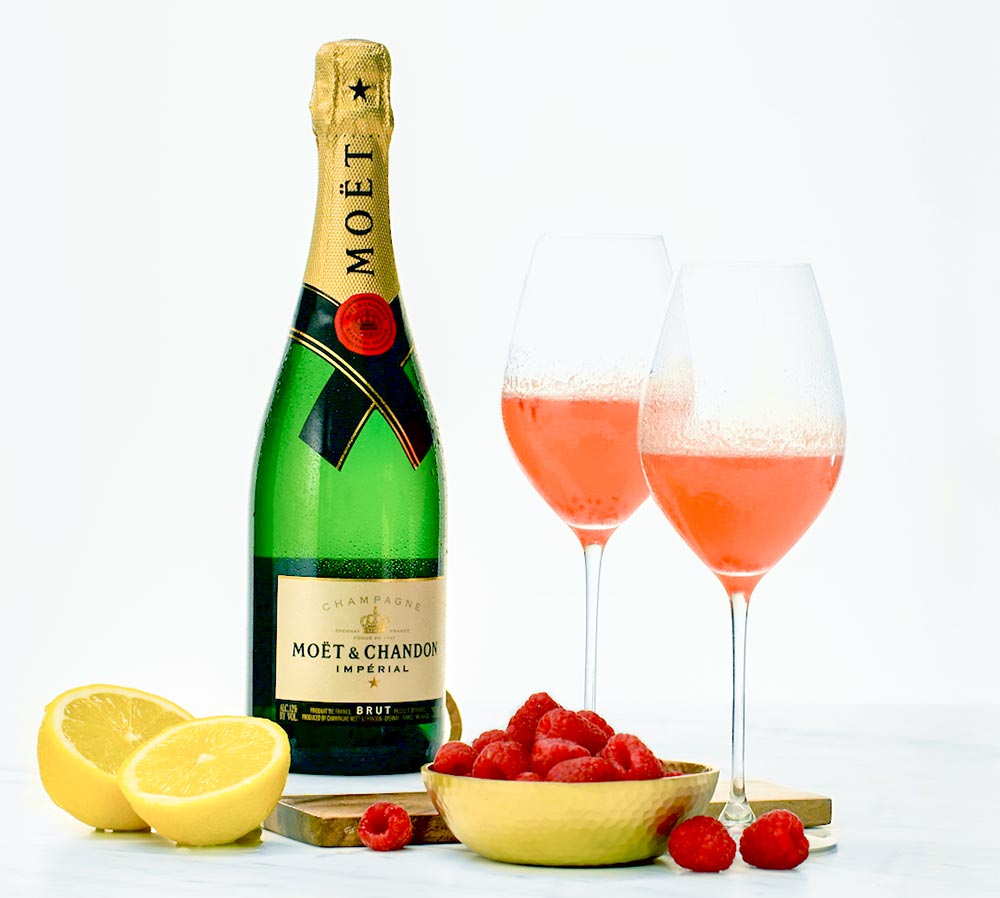The French paradox continues to bemuse and is centred >on the comparatively lower levels heart disease encountered in France, even though they enjoy high levels of cheese and saturated fats in the typical French diet.
The thinking is that drinking red wine with meals facilitates less fat absorption by the body. It seems that red wine offers more potential health benefits, due to its naturally higher levels of antioxidants.
Resveratrol, the healthy chemical in red wine:
Resveratrol helps prevent damage to blood vessels, reduces “bad” cholesterol and prevents blood clots. It’s even thought that resveratrol might possibly reduce inflammation and blood clotting as well as provide benefits against type-2 diabetes, heart disease and other chronic illnesses.
In the most recent tests, new evidence was found suggesting that resveratrol inhibits enzymes that degrade and break down cells. Resveratrol is said to inhibit select protein’s, (phosphodiesterases) or (PDEs). Those PDE’s assist in the regulation of cell energy that came from its ability to activate a protein called sirtuin 1.
The effects in women and the consumption of wine get a shot in the arm in 2014 when the French Institute of Health and Medical Research discovered that wine can help prevent type 2 diabetes in overweight women, provided they begin drinking wine earlier in life and continued throughout their life.
The study found that the daily intake of 0.5 to 1 glass of wine reduced the risk of developing type 2 diabetes. In heavier women, with a body mass index of 25 or more, the intake of 2 or more glasses of wine per day also showed a decrease in risk for the development of type 2 diabetes.
The National Institutes of Health (NIH), headed by Dr. Jay Chung, found that resveratrol acts not just as an anti-inflammatory substance, but also as a genetic manipulator—all to the benefit of the lab rodents—through both direct and indirect chemical pathways.
In the Chung study, researchers discovered that resveratrol blocks the action of a muscle enzyme called phosphodiesterase 4 (PDE4), which causes cell degradation.Resveratrol’s ability to inhibit PDE4 could be responsible for the anti-inflammatory observations in the mice. The jury is still out as more study is needed, although the results look promising.Resveratrol has also been linked to lower levels of fat intake, according to some researchers. But because Resveratrol is metabolized rapidly into the body, the benefit, if any when it comes to help with fat intake.However, in March, 2012, a study published by the Journal of Biological Chemistry discussed the polyphenol Piceatanno, which is related to Resveratrol. Piceatannol, a polyphenol found in the skins of grapes and red wine.This seems to help block the formation of fat cells in laboratory tests. While Piceatannol and Resveratrol share commonalities, Piceatannol contains additional oxygen and hydrogen molecules making it more difficult for the body to digest, which could help reduce fat intake.In 2012, researchers agreed about the possibility that resveratrol could lessen the risk of falls and aid in balance in senior citizens. However, the level of resveratrol required to help with this issue would require the consumption of close to 100 bottles of red wine a day per person.In 2013, multiple studies on the potential benefits of resveratrol took place. In one clinical trial, researchers posited that the combination of resveratrol and aspirin could help with the elimination of tetraploid cancer cell precursors.In a separate study, researchers concluded that it’s possible to obtain a boost to your immune system and counteract the unhealthy effects of a high fat diet from resveratrol. Red wine and arthritis: Red wine may also help lower the risk of the onset of rheumatoid arthritis in some people who are long term, wine drinkers.A Swedish study reported on in 2012 found that properties in red wine can act against the development of rheumatoid arthritis by regulating autoimmune responses.This lessens the creation of chemicals that cause the type of inflammation found in rheumatoid arthritis. The researchers believe alcohol helps reduce the properties and actions of cytokines, proteins used in intercelieve cellular communication. However, the researchers added the same benefits were probably incurred from any type of long term, moderate alcoholic consumption.The amount of healthy compounds found in red wine actually varies depending on the grape varietal, the region or appellation, the vintage and even the terroir. In fact, studies have shown the type of vessel used to age the wine can have an effect. Wines aged in oak seem to have more antioxidants than you encounter in unoaked wine.People are not drinking wine for the possible health benefits. We are drinking it for pleasure. While the effects of wine can increase with additional consumption, research has shown that when it comes to health benefits, less is more, more is not merrier. The ability of your body to use the antioxidants reaches a plateau after a maximum of two glasses of wine.Alcohol in red wine: While there are some probable healthy reasons to enjoy wine, wine has calories and alcohol. Alcohol is perhaps the key component in a wine, otherwise it’s merely grape juice. The percentage of alcohol in red wines varies quite a bit. For dry red wine, the alcoholic content can range from 12% alcohol up to 16% or even higher in certain regions. Today the average is closer to 13%. Alcohol in white wine: For dry white wines levels of alcohol are very differing and depend on the grapes and regions of wine production. For dry white wines produced from grapes like sauvignon blanc or chardonnay alcohol percentages range from 13% – 15%. Dry wines made from Riesling have the the lowest at close to 8% to 9% and Champagne alcohol content ranges from 12% to 14%. The shocking bit… All wine labels are required to state the level of alcohol, however, they are not required to be totally accurate. Depending on the labeling law of the country, the information on the label can vary by an average of 1.5%. So keep that in mind! For modern vintages, invariably, levels of alcohol stated are more often higher than what is listed on the label. Why? For tax purposes!









